“Of Mice and Men” is a classic novel by John Steinbeck that takes place in the 1930s during the Great Depression. The story revolves around two migrant workers, George and Lennie, as they work towards achieving their dream of owning a farm.
However, the story ends tragically with the death of one of the main characters. In this article, we will explore what happens at the end of “Of Mice and Men” and the impact it has on the characters and the readers.
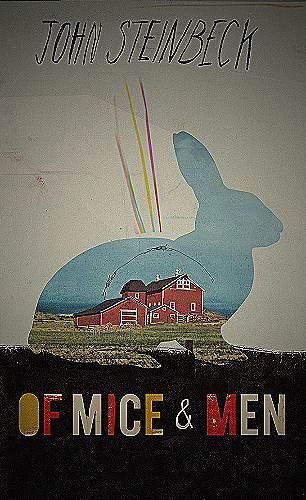
The Tragedy in Steinbeck’s Classic
“Of Mice and Men” by John Steinbeck is a classic tragedy that explores themes of companionship, innocence, and the American Dream. The novella follows the story of two migrant workers, George Milton and Lennie Small, and their dream to own a farm.
While the story ends in tragedy, it is the impact of that tragedy that makes this classic work of literature so memorable.
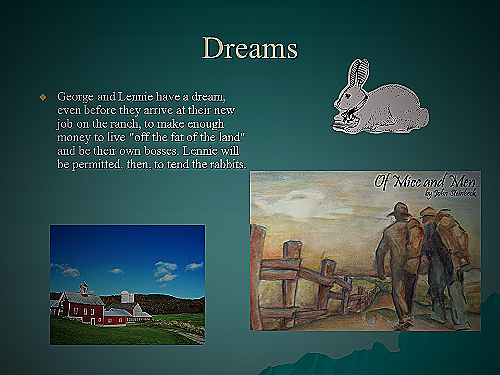
The Climax
Throughout the novella, Lennie’s mental disability repeatedly causes trouble for the two men. The climax of the story takes place when Lennie accidentally kills Curley’s wife, who had been flirting with him in the barn.
George knows what will happen to Lennie if caught by the other men on the ranch, and makes the devastating decision to kill Lennie himself to spare him a painful and horrific fate.
The Impact of the Ending
Steinbeck’s decision to end the story with Lennie’s death is what gives “Of Mice and Men” its tragic tone. The loss of Lennie is not only the loss of a character but also the loss of a symbol.
Lennie symbolizes the innocence and fragility of a dream, and his death represents the impossibility of achieving that dream. George, too, loses his dream of owning a farm with Lennie.
The ending serves as a commentary on the harsh realities of the world, particularly for individuals like George and Lennie, who are unable to achieve the American Dream. It highlights the plight of the American worker during the Great Depression, and how the failure to achieve a dream can lead to hopelessness and tragedy.
“Of Mice and Men” is a powerful novella that explores the universal themes of companionship, dreams, and tragedy. Its unforgettable ending serves as a poignant reminder of the harsh realities of life and the importance of human connection.
While the ending may be tragic, it is the impact of that tragedy that makes this classic work of literature so memorable.
What Happens at the End of Mice and Men
John Steinbeck’s 1939 novel ‘Of Mice and Men’ has an unforgettable tragic ending that leaves readers with a sense of sadness and loss. After a series of events that build up to this point, George Milton, one of the main characters, shoots his closest friend and traveling companion Lennie Small in the back of the head to prevent him from experiencing a painful death at the hand of a lynch mob.
The final scene is set by the Salinas River where George had previously instructed Lennie to meet him if he ever got into trouble. The two men converse and George, aware of the inevitable, creates a dream-like scenario to calm Lennie’s nerves while he prepares to take his life.
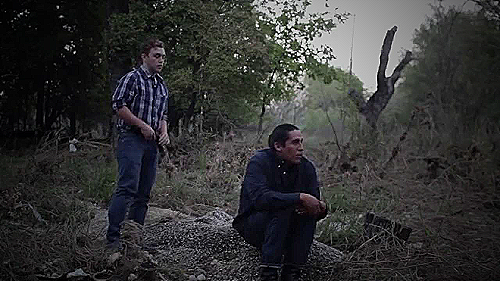
As George shoots Lennie, the novel’s themes of isolation, loneliness, and the American dream come together. George’s actions demonstrate the lengths he was willing to go to protect his only friend, while also highlighting the brutality of a world where compassion and care cannot protect those who are vulnerable.
The novel’s ending is a poignant reminder of the human condition and how relationships we forge can be both life-changing and heart-wrenching.
The Ethics of Euthanasia in Of Mice and Men
John Steinbeck’s Of Mice and Men concludes with a morally ambiguous scene that raises tough questions regarding euthanasia in the context of a complex friendship. The scene’s tension derives from George, the story’s protagonist, facing an impossible decision between killing his friend Lennie, who has a mental disability, or allowing him to face capital punishment.
Steinbeck deliberately left the reader to question the ethics of euthanasia in this context.
The ending’s ambiguity lies in its ultimate lack of clarity regarding George’s motivations. Was he protecting Lennie from an unjust community, or was he motivated by his own sense of guilt over their shared dreams gone wrong?
This scene and the ethical dilemma present in Lennie’s death continue to be discussed and analyzed by readers and scholars alike.

The Symbolism of the Dead Puppy and Curley’s Wife
The tragic events leading up to the end of Of Mice and Men carry a significant amount of symbolism. The dead puppy and Curley’s wife both represent the fragility and ultimately tragic endings that life is capable of.
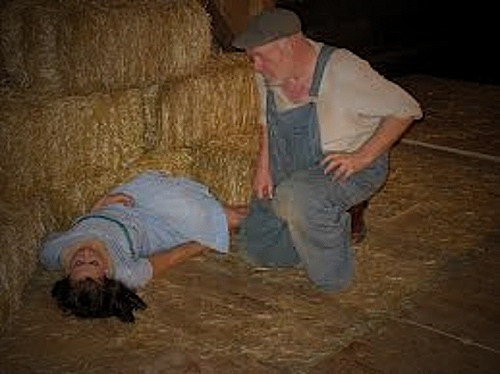
The death of the puppy, which Lennie accidentally killed by holding it too tight, foreshadows the tragic ending of the novel. Lennie, similar to the puppy, is portrayed as innocent and fragile.
However, as his physical strength and simple mind are mismatched, he accidentally kills the things he loves. The puppy’s death signals the inevitable end of the novel, as Lennie’s innocence and fragility will ultimately lead to his death.
Curley’s wife, similarly, represents the fleeting nature of dreams and the harsh reality of life. She is trapped in an unhappy and abusive marriage with Curley, dreaming of escaping to Hollywood to become an actress.
However, her dream is cut short by her tragic death at the hands of Lennie. Her death shows the impossibility of achieving our dreams in life, as they can be quickly and unexpectedly taken away from us.
In conclusion, the symbolism of the dead puppy and Curley’s wife highlights the tragic events that eventually lead to the end of Of Mice and Men. Both represent the fragility and fleeting nature of life, and ultimately lead to the tragic end of the novel.
Alternative Endings and Adaptations
Of Mice and Men is a novel filled with tragedy, as it deals with the themes of loneliness, injustice, and the American Dream. The ending of the novel is particularly heart-wrenching, as it involves the death of one of the main characters, Lennie.
However, some adaptations of the novel have taken the liberty of changing the ending to provide a different perspective on the story.
One notable adaptation is the 1992 film adaptation of the novel, which starred John Malkovich as Lennie and Gary Sinise as George. While the film largely follows the events of the novel, it does deviate from Steinbeck’s original ending.
In the film, George makes the decision to kill Lennie, just as in the novel. However, in the film, George is shown visiting Lennie’s grave, where he is confronted by visions of Lennie.
This scene, while not present in the novel, adds depth to the relationship between George and Lennie and shows George’s guilt over his actions.
Another adaptation of the novel is a play version, which was written by Steinbeck himself. The play received mixed reviews upon its release, with some critics questioning the effectiveness of its ending.
In the play, George is shown sitting alone, reliving the memories he shared with Lennie. The play’s ending leaves the fate of George unknown, leaving audiences to interpret the ending for themselves.
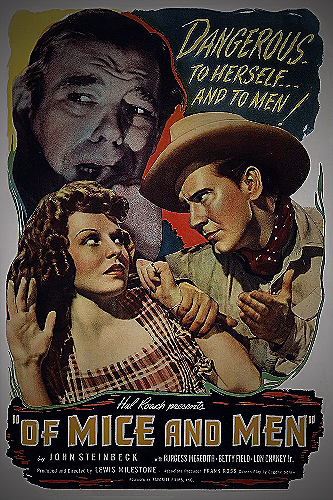
Overall, the various adaptations of Of Mice and Men highlight the timeless themes of the novel. Whether the ending remains faithful to Steinbeck’s original text or provides an alternate perspective, it is clear that the novel’s impact on literature remains as strong as ever.
Conclusion
The ending of John Steinbeck’s novel Of Mice and Men is tragic, leaving readers with a heavy heart. The climax is centered around the shooting of Lennie by George, which raises an ethical dilemma of doing what is morally right or legally right.
Steinbeck’s writing style evokes strong emotions and makes readers think about the injustices faced by the marginalized sections of society during the Great Depression era. Overall, Of Mice and Men is a thought-provoking novel that addresses complex themes including loneliness, the search for companionship, and the struggle for survival.
